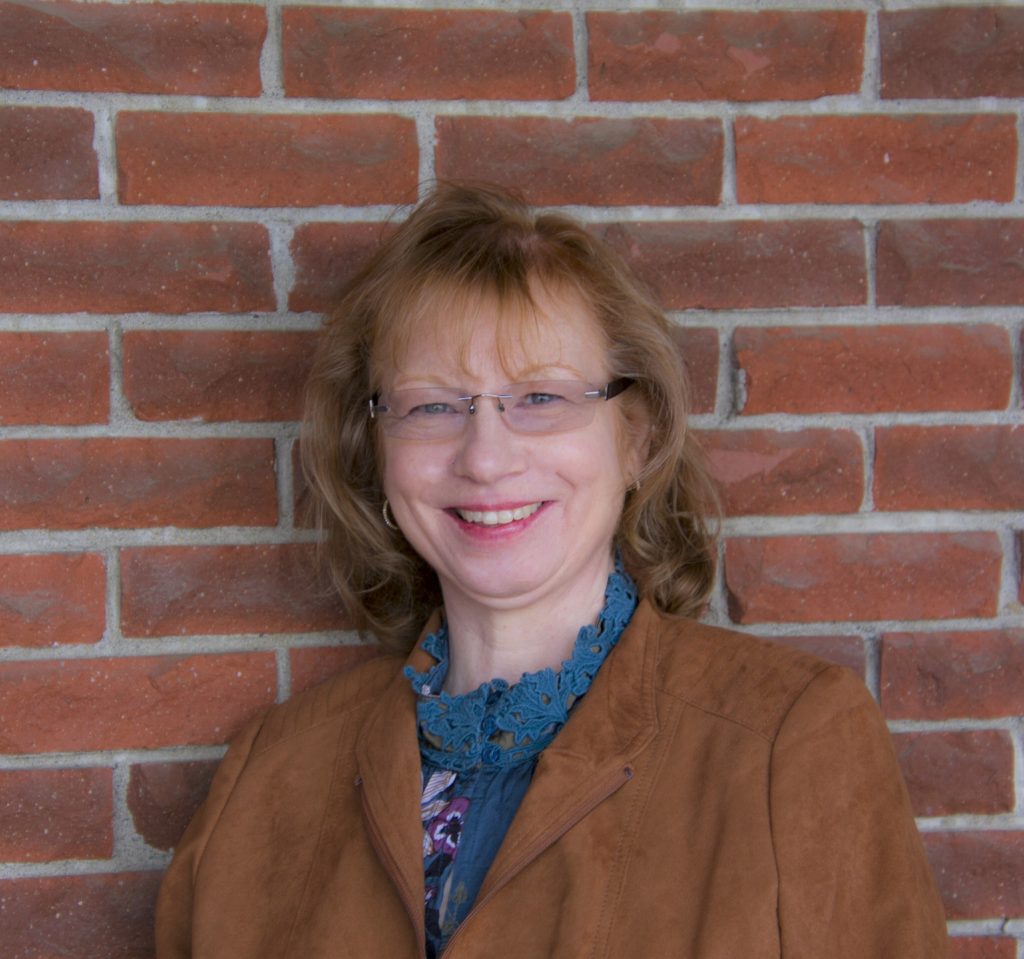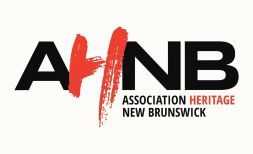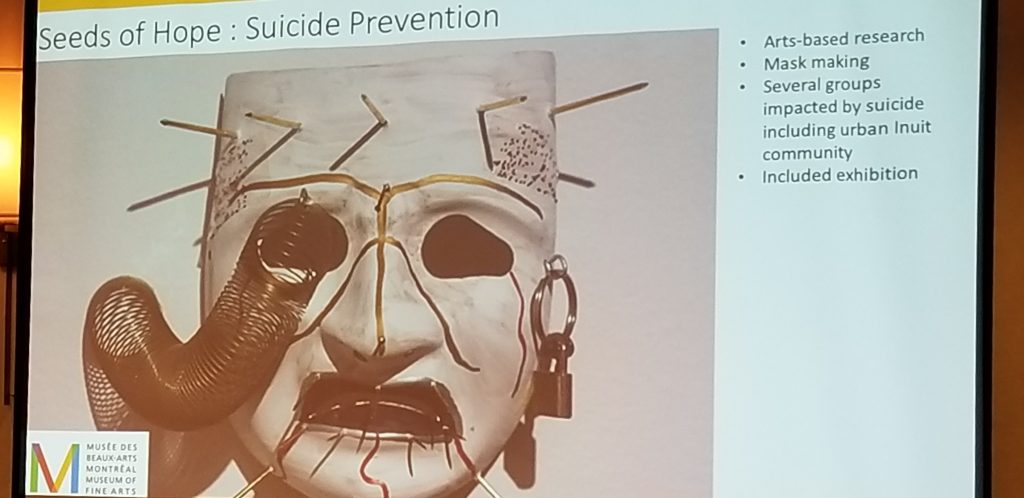If you think museums are nothing more than old buildings with artifacts gathering dust, you haven’t been to one lately. Today, museums are alive; they are a hub for advancement, education, wellness and community pride. It is a place where people go to learn about what they care about.
The classification or term “Community Museum” really makes sense, because they operate hand in hand. Museums today cannot survive without community engagement. Successful museums are sensitive to their community’s needs and strive to form positive relationships and partnerships.
Dr. Bruce D. Thibodeau, originally from Grand Falls, NB is the President of Arts Consulting Group Canada, Ltd. He spoke at the CMA conference in Toronto, last spring, on the necessity of engaging the community to develop an effective strategic plan. A successful strategic plan begins with a proactive Board and an organized Staff who listens to what their community wants and needs most. Choosing a diverse committee from the community to build the museum’s strategic plan will have the broadest and deepest community impact.
“Strategic project management is an interactive, adaptive, and synergistic result of social and material connection, commitments, and capacities of stakeholders to support a (museum’s) people, projects and community.”
“Convening, deliberating, and unifying project champions will help the organization overcome project inertia. Information gathering, assessment, and strategic adaptation with project followers will help the organization gain project momentum” Thibodeau and Rüling (2017)
Theatre Museum Canada and the Ottawa Art Gallery are successful due to the fact that they formed important relationships within their community. Key points to their success:
- They began by building connections and relationships within their community / they listened to what the community wanted and then acted on it;
- They did a feasibility study;
- They built their profile / stayed in the public eye and built a case for support;
- They secured private and public partners;
- Everyone stayed on the same page / focused on the goal / stayed positive;
- Fundraising campaigns that involved the community /they built momentum / they set the bar high.
In another session, Marilyn Lajeunesse and Stephen Legari from the Museum of Fine Arts in Montreal spoke on social intervention and the impact that Museums can have on the health and wellness of a community. They shared how exhibits and special programs, that target groups with special needs, can be paramount to their development and well-being.
They also suggested that working with professionals in the field who work with special needs groups such as youth at risk to develop programs, can increase visitation that might not otherwise exist. Other such groups are people with vision loss or hearing impairment, or specific groups such as CIVA, the Alzheimer Society or adults impacted by domestic and violent crime. It is their thought that bringing vulnerable individuals into a non-threatening environment such as a museum can help them develop specific skills.
For instance: social skills and social integration; a sense of empowerment; tolerance of other’s opinions; the ability to adapt to a new environment; help to reinforce links between participants in the group; enhance their quality of life; increase their expressive capacities; increased learning in a collaborative setting; rediscover autonomy, and help integrate persons with disabilities into the community.
Exhibitions and special programming that stimulate the imagination can help special needs groups regain their confidence and self-worth.
“Art Therapy is a modality that uses the nonverbal language of art for personal fulfillment, introspection, and transformation, and is a way of connecting what is in us – our thoughts, feelings, and perceptions – to external realities and to the experience of life.” Cathy Malchiodi, Phd
It is the Community Museum seeking its voice, and its purpose, that looks to its past, from where it stands, in order to move forward. As an institution, museums are always in a “period of passage” and therefore, efforts are continually being drawn to regenerate them and reinforce their “value” within the Community.
Kellie Blue-McQuade is the Executive Director of the Association Heritage New Brunswick. She was the Executive Director of the Carleton County Historical Society Inc. from 2007-2019. In that capacity Kellie led and directed all aspects of operations of two historic sites in Woodstock: Connell House and the Carleton County Court House.
 By Kellie Blue-McQuade, Executive Director, Association Heritage New Brunswick
By Kellie Blue-McQuade, Executive Director, Association Heritage New Brunswick


